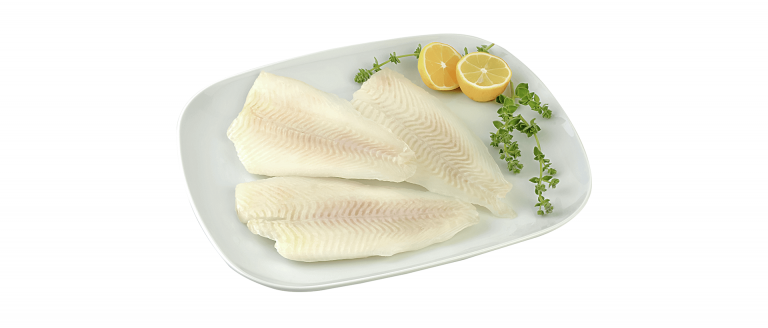Frozen fish & seafood with no additives
Food additives are natural or technical substances that are not their natural ingredients and are used by the food industry to improve their texture, taste, color, nutritional value and extend their shelf life.

The frozen products we buy, such as fish or seafood, come with a special safety net known as ice crust. Through advanced technology, a thin layer of ice is tightly sealed around the product, acting as a protective barrier. This ice crust serves as a guarantee of quality, preserving the freshness of the fish until its expiration date. Moreover, it offers a cost-effective alternative to fresh fish, making it more accessible for the average household.
Frozen fish, thanks to the protective ice crust, maintains the qualities of fresh fish over an extended period. This icy shield serves a triple purpose in preserving the nutritional value and freshness of the fish that reaches our plate.
To begin with, fish is known to be a valuable source of polyunsaturated fatty acids, making it highly beneficial for human health. However, these fatty acids are prone to oxidation, especially when exposed to air over a prolonged period. That's why the ice crust on fish serves as a protective barrier, preventing the oxidation of its fats and maintaining the overall quality of the flesh.
In addition, the ice crust protects the fish from drying out and preserves its freshness. Dehydration is another reason for the decrease in the quality of frozen seafood since it involves removal of water content from the fish body, altering its texture.
Finally, the ice crust serves as a thermal barrier when the frozen fish is exposed to a thawing environment. When the fish is transported home from the supermarket the ice crust acts as an insulating layer that prevents the fish from thawing immediately. The ice crust effectively slows down the thawing process by gradually absorbing the ambient temperature and thawing at a much slower rate (heat capacity of water).
In Greece, the law permits the sale of packaged frozen fish with ice crust. According to Market Regulation (7/2009, Article 101), companies are required to indicate both the weight including the ice crust and the net weight of the product on the packaging. When it comes to unpackaged frozen fish, the ice crust content may be up to 10% for whole fish and up to 15% for other fish varieties such as molluscs, crustaceans and fish slices or fillets.
